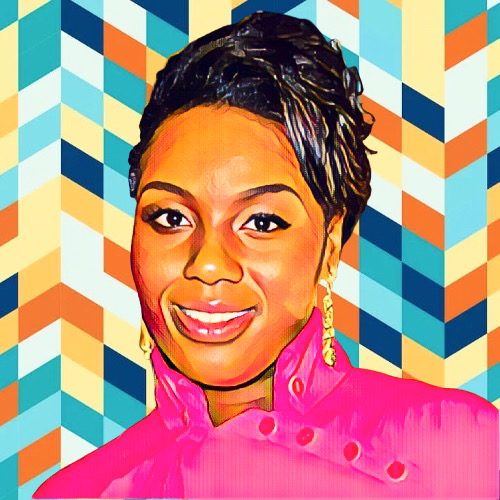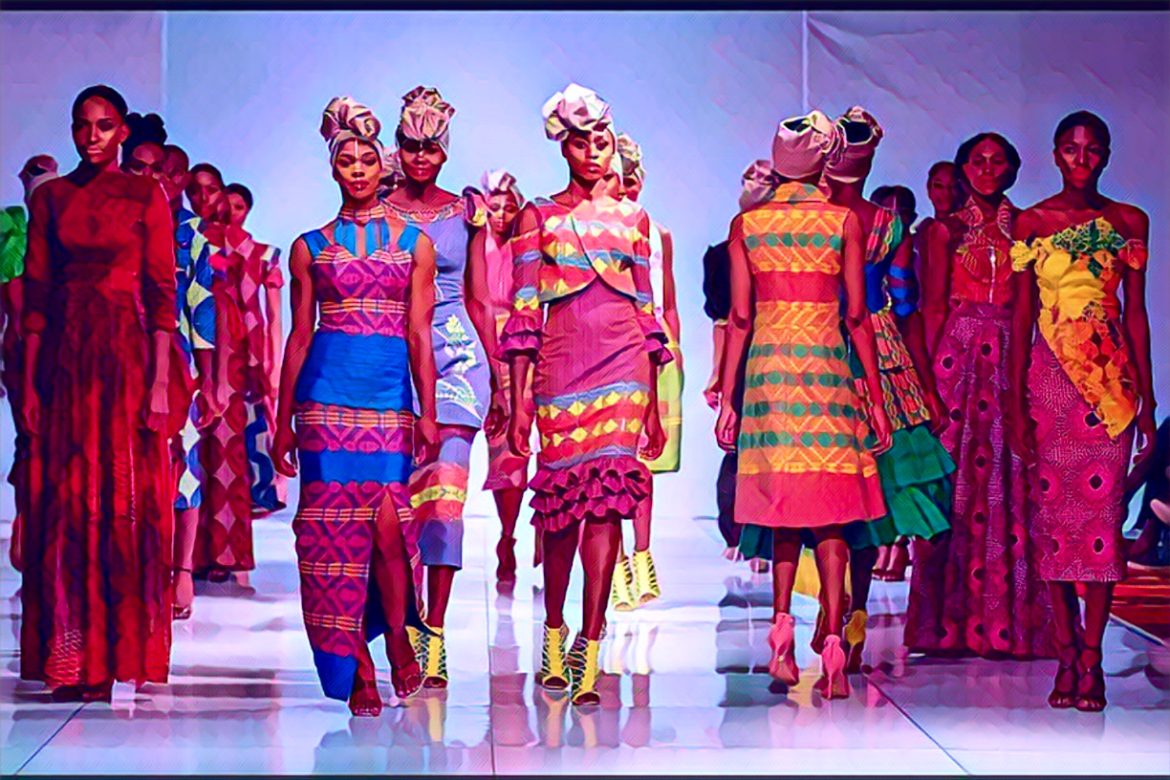KEY POINTS
- Globalization boosts Ghanaian fashion’s exposure through international events, e-commerce, and social media.
- Ghanaian designers blend global trends with traditional styles for unique, competitive creations.
- Increased competition drives innovation, improving quality and expanding Ghanaian fashion’s global appeal.
Ghana’s vibrant cultural heritage is deeply rooted in its textiles, patterns, and traditional attire. Over the years, the nation’s fashion industry has grown into a dynamic force, gaining international recognition.
Meanwhile, globalization has revolutionized industries worldwide, connecting cultures and markets like never before. In Ghana, globalization has reshaped the fashion industry, influencing how designers create, market, and distribute their work.
From traditional kente cloth making waves on global runways to the rise of e-commerce platforms, Ghanaian fashion is thriving in a globally interconnected economy.
Let’s explore how globalization has transformed this industry while highlighting challenges and opportunities.
The rise of Ghanaian fashion
The Ghanaian fashion industry is an amalgamation of cultural pride, modernity, and creativity. Historically, textiles such as kente and adinkra have been central to the country’s identity, embodying social and cultural significance.
In the past two decades, Ghanaian fashion has evolved significantly, driven by talented designers such as Christie Brown, Osei-Duro, and Duaba Serwaa, who are making waves both locally and globally.
The rise of social media platforms has been a game changer, enabling designers to showcase their collections to a worldwide audience. Similarly, e-commerce has bridged the gap between designers and consumers, making it easier to market unique Ghanaian designs to international buyers.
Furthermore, Ghanaian representation at global fashion events like New York Fashion Week has cemented the country’s reputation as a key player in the international fashion landscape.
The impact of globalization on Ghanaian fashion
- Increased exposure to international markets
Globalization has opened the doors of opportunity for Ghanaian designers, providing unprecedented access to international markets.
Designers like Mimi Plange have been able to showcase their work at prestigious events such as New York Fashion Week. Such exposure boosts brand recognition and provides opportunities for collaborations with global fashion houses. The growing demand for African prints and textiles abroad has further amplified the export potential of Ghanaian fashion.
Mimi Plange’s success story
Renowned Ghanaian designer Mimi Plane has gained global acclaim, dressing celebrities such as Michelle Obama. By participating in international fashion events, she has become a symbol of Ghana’s ability to thrive on the global stage. - Influence of international trends
The cross-pollination of ideas is one of globalization’s hallmark effects on Ghanaian fashion. International trends in silhouettes, cuts, and fabrics are blending seamlessly with traditional designs.
Many Ghanaian designers incorporate modern techniques and global styles into their collections, creating a fusion that appeals to both local and international audiences. This adaptability has helped Ghanaian fashion remain relevant in a competitive global market.
Christie Brown’s digital revolution
The Christie Brown brand exemplifies the power of social media and e-commerce. The brand reaches international customers through Instagram and other platforms, turning traditional designs into globally desired products. - Access to materials and technologies
Globalization has expanded the range of materials and technologies available to Ghanaian designers. Advanced fabric treatments, digital printing, and high-quality stitching tools are now accessible, allowing local brands to compete in terms of quality.
Access to these resources not only enhances creativity but also enables mass production, which is crucial for meeting international demand.
Kente’s global appeal
Once reserved for royalty, the iconic kente cloth is now a fashion statement worldwide.
- Competition from international brands
While globalization offers numerous benefits, it also brings stiff competition from established international brands. Fast fashion giants like H&M and Zara have entered African markets, offering affordable alternatives that challenge local designers. This has compelled Ghanaian designers to focus on innovation, quality, and cultural uniqueness to carve out their niche.
Opportunities
- Tapping into the global market
E-commerce platforms like Etsy, ASOS, and even local startups are revolutionizing access to global consumers. Ghanaian designers can leverage these platforms to expand their reach, ensuring their work finds a place in wardrobes worldwide. - Innovating through cultural uniqueness
To stand out amidst competition, designers must focus on preserving cultural authenticity while infusing innovation. The fusion of traditional and modern styles can help Ghanaian fashion gain a distinctive identity. - Strengthening collaboration and partnerships
Collaborating with international brands and designers can foster growth and provide opportunities for knowledge exchange. Such partnerships can also enhance Ghanaian designers’ technical expertise and exposure to advanced technologies.
Statistics
- 10 percent growth: Ghana’s fashion industry has grown at an annual rate of 10%, showcasing its expanding influence.
- $100 million industry: The sector’s estimated market value demonstrates its economic potential.
- 30 percent international representation: Nearly one-third of Ghanaian designers have participated in global fashion events, reflecting their increasing prominence.
- 20 percent textile export growth: The global appeal of Ghanaian textiles, especially kente, is driving export growth year over year.
Globalization has revolutionized Ghanaian fashion, transforming traditional crafts into globally sought-after treasures. Designers have embraced this evolution, blending cultural authenticity with modern trends to meet international demand.
Challenges like competition from global brands remain, but opportunities for innovation, e-commerce expansion, and cultural exchange continue to fuel optimism.
By fostering creativity and maintaining their cultural heritage, Ghanaian designers are poised to shape a prosperous future in the global fashion industry.





15 comments
Hey There. I found your blog using msn. This is an extremely well written article. I will make sure to bookmark it and return to read more of your useful information. Thanks for the post. I will certainly return.
The next time I read a blog, I hope that it doesnt disappoint me as much as this one. I mean, I know it was my choice to read, but I actually thought youd have something interesting to say. All I hear is a bunch of whining about something that you could fix if you werent too busy looking for attention.
Hi! This is my first comment here so I just wanted to give a quick shout out and tell you I really enjoy reading through your articles. Can you recommend any other blogs/websites/forums that cover the same topics? Thanks a ton!
Wow! Thank you! I constantly needed to write on my blog something like that. Can I include a fragment of your post to my blog?
What’s Happening i am new to this, I stumbled upon this I have discovered It positively helpful and it has helped me out loads. I am hoping to give a contribution & aid other customers like its aided me. Good job.
You can definitely see your enthusiasm within the work you write. The world hopes for more passionate writers such as you who aren’t afraid to say how they believe. Always follow your heart. “We may pass violets looking for roses. We may pass contentment looking for victory.” by Bern Williams.
Good V I should definitely pronounce, impressed with your web site. I had no trouble navigating through all the tabs as well as related information ended up being truly simple to do to access. I recently found what I hoped for before you know it at all. Quite unusual. Is likely to appreciate it for those who add forums or something, web site theme . a tones way for your customer to communicate. Nice task..
This web site is really a walk-through for all of the info you wanted about this and didn’t know who to ask. Glimpse here, and you’ll definitely discover it.
I was suggested this web site by my cousin. I am not sure whether this post is written by him as no one else know such detailed about my difficulty. You are amazing! Thanks!
Just what I was searching for, appreciate it for posting.
I just couldn’t depart your web site prior to suggesting that I really enjoyed the standard information a person provide for your visitors? Is going to be back often in order to check up on new posts
of course like your web-site but you need to check the spelling on several of your posts. Several of them are rife with spelling issues and I find it very troublesome to tell the truth nevertheless I will definitely come back again.
Very interesting info !Perfect just what I was looking for!
I?¦ve read some good stuff here. Definitely value bookmarking for revisiting. I wonder how a lot effort you put to make the sort of magnificent informative website.
I got good info from your blog